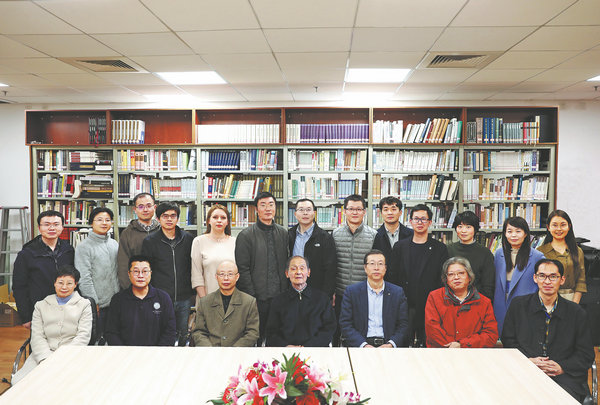

If we want to demystify an ancient civilization, decoding the language and writing of that time is an inevitable part of the work, as it usually provides the clearest view of history and evidence of daily life.
In China, there has long been a group of paleographers working on solving the mystery of oracle bone inscriptions, which are the earliest-known form of Chinese writing.
Professor Chen Jian, researcher Jiang Yubin and associate researcher Xie Mingwen from the Center for Research on Chinese Excavated Classics and Paleography at Fudan University in Shanghai have been studying ancient writing and oracle bone inscriptions for decades.
Led by notable paleographer Qiu Xigui, the center enjoys a stellar reputation among its peers, and its work has brought public attention to this little-known subject.
In January, Chen and Xie were recognized by the National Museum of Chinese Writing for their interpretation of characters on oracle bone inscriptions. The award adds to the one Jiang received in 2018 worth 100,000 yuan ($13,891), for confirming and explaining the meaning of a single, newly discovered oracle bone character.
"There are some 160,000 pieces of oracle bones in total scattered across the world, among which about 80,000 have been sorted and published or released to the public. If we were to compile a dictionary of oracle bone characters, we would need to include roughly 3,500 to 4,000 characters. To date, we have confirmed about 1,160 characters," says Jiang.